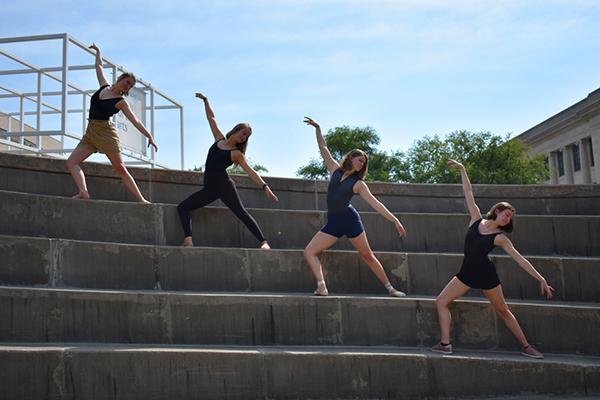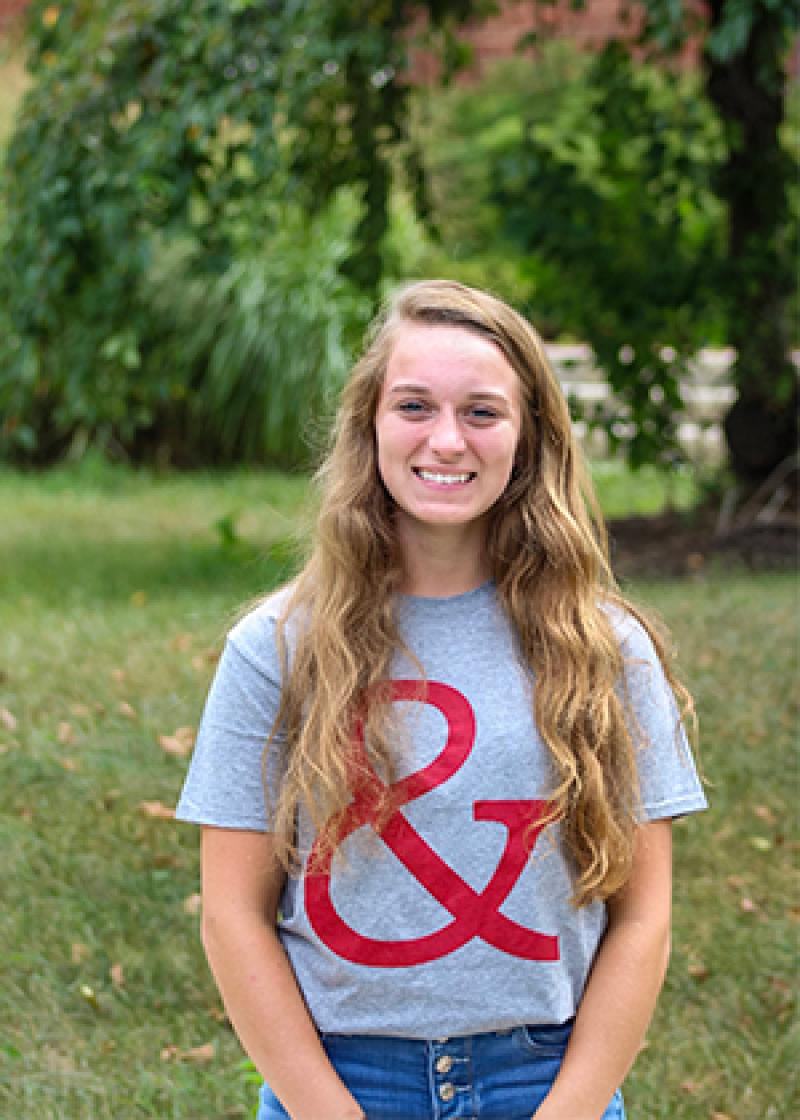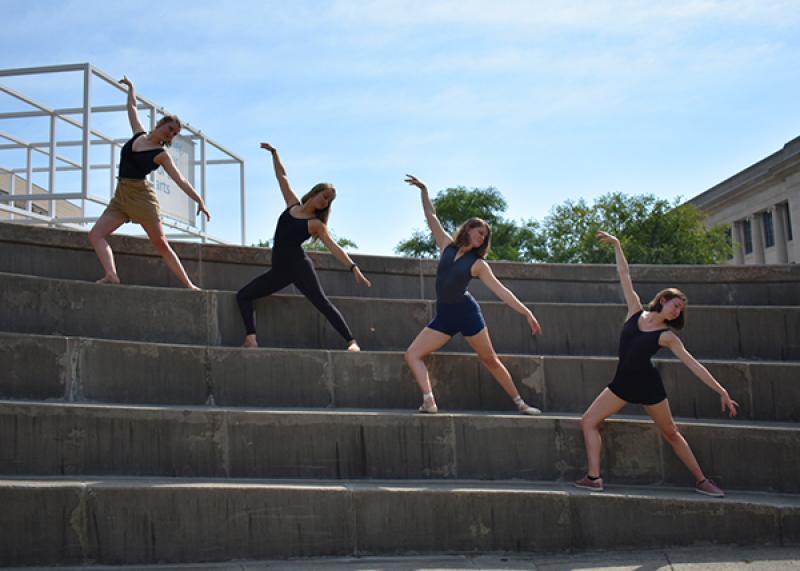Myers' analytical, meticulous mind drives her joy of math and ballet


“I wasn’t 100% sure what I was getting myself into when I decided that was what I was going to do, but the job outlook looked good, so I said I’d pursue it,” Myers said.
Three years into her actuarial science degree at Ohio State, Myers is glad she stuck with it. Mathematics, however, isn’t her only passion; she also has a love for dance, minoring in the subject and co-founding a ballet student organization called Momentum Contemporary Ballet where she teaches classes.
“There are definitely overlaps between dance and math,” Myers said. “Whenever you first think of math and dance, you think math is very academic and then dance is very artsy — the left and right brain thing — but there's actually a lot of overlap.”
Myers, who is also getting a business minor, started dancing when she was 3 years old, first taking a “mommy and me” class and continuing through her dance studio’s pre-professional program. Her studio was highly disciplined, focused on slowly moving through basic levels and baby steps before becoming more advanced.
“In elementary school, I was always progressing through ballet and math together,” Myers said. “I guess I never really saw the patterns back then, but it's kind of the same thing. You learn addition before multiplication and then you get to algebra. They do have parallels, which makes sense why I like both of them.
Mathematics — especially actuarial science, which uses math and statistics to estimate financial risks in the insurance and finance fields — and dance also are both grounded in patterns, and Myers said her analytical thinking helps her achieve ballet’s rigorous expectations.
“Ballet has a very specific technique; there's a right and wrong way to do things,” Myers said. “When I dance, I'm focusing on each part of how I look and the technique I’m working toward, so it's a lot of continuous learning, which I think is similar to math. You recognize something, but there are often ways to make it better or more efficient.”

Ballet's technique, movements and positions are highly precise, though dancers often apply different perspectives to achieve them, Myers said.
Both of Myers’ specialties require listening to and understanding different perspectives. In math, students could be learning the same theorem or solving the same problem, but each person could interpret it a little differently. For Myers, one of her favorite aspects of studying actuarial science is learning from her classmates and hearing how they attack the same challenge from different angles.
In dance, providing instruction and feedback often is a similar process. Each person is trying to achieve a precise position or movement, and one instructor’s correction may not resonate with a dancer. The same correction provided in a slightly different way — to think about a different muscle group to accomplish the desired look, for example — could do the trick.
“I've definitely had a bunch of those experiences myself,” Myers said. “When I'm teaching, if I'm giving a correction, I’ll try to say this is one perspective, but I've also heard it this way and then ask the class if anybody knows how else you could accomplish what the student is asking about.”
After graduation, Myers plans on finding an actuarial job, but she said she’ll always care about dance and will leave the door open to teaching or, perhaps down the line, opening her own business.
Regardless of what path she chooses, she said gaining a liberal arts education and studying mathematics and dance has prepared her to make connections, meet new people, continue to challenge herself and make the most of whatever opportunities present themselves. She’s always loved to learn, and she’ll carry that joy with her into the future.
